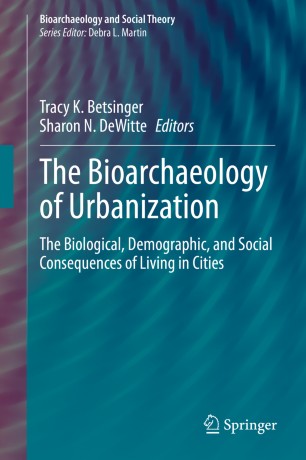

Most ebook files are in PDF format, so you can easily read them using various software such as Foxit Reader or directly on the Google Chrome browser.
Some ebook files are released by publishers in other formats such as .awz, .mobi, .epub, .fb2, etc. You may need to install specific software to read these formats on mobile/PC, such as Calibre.
Please read the tutorial at this link: https://ebookbell.com/faq
We offer FREE conversion to the popular formats you request; however, this may take some time. Therefore, right after payment, please email us, and we will try to provide the service as quickly as possible.
For some exceptional file formats or broken links (if any), please refrain from opening any disputes. Instead, email us first, and we will try to assist within a maximum of 6 hours.
EbookBell Team

5.0
90 reviewsUrbanization has long been a focus of bioarchaeological research, but what is missing from the literature is an exploration of the geographic and temporal range of human biological, demographic, and sociocultural responses to this major shift in settlement pattern. Urbanization is characterized by increased population size and density, and is frequently assumed to produce negative biological effects. However, the relationship between urbanization and human “health” requires careful examination given the heterogeneity that exists within and between urban contexts. Studies of contemporary urbanization have found both positive and negative outcomes, which likely have parallels in past human societies.
This volume is unique as there is no current bioarchaeological book addressing urbanization, despite various studies of urbanization having been conducted. Collectively, this volume provides a more holistic understanding of the relationships between urbanization and various aspects of human population health. The insight gained from this volume will provide not only a better understanding of urbanization in our past, but it will also have potential implications for those studying urbanization in contemporary communities.